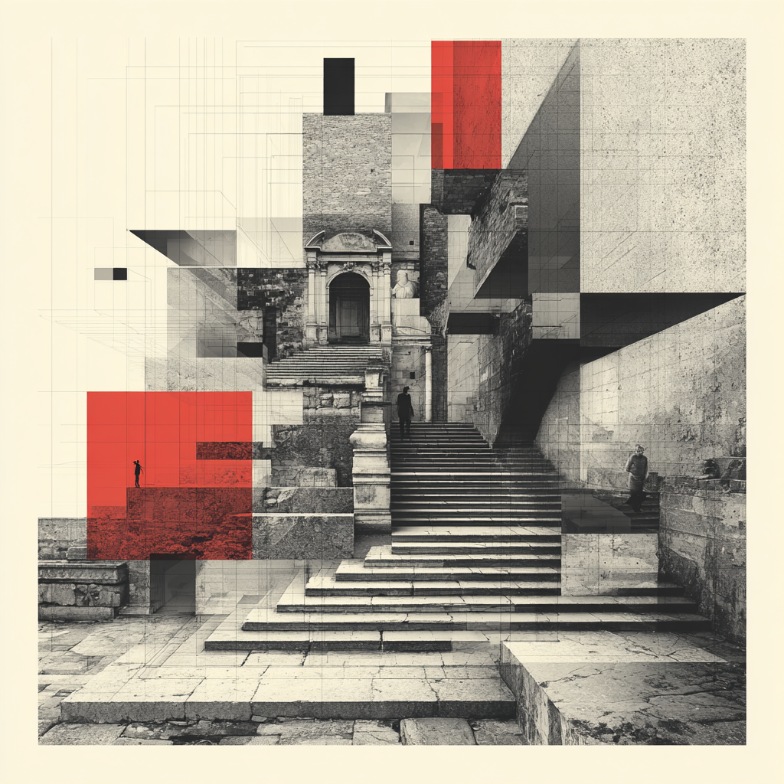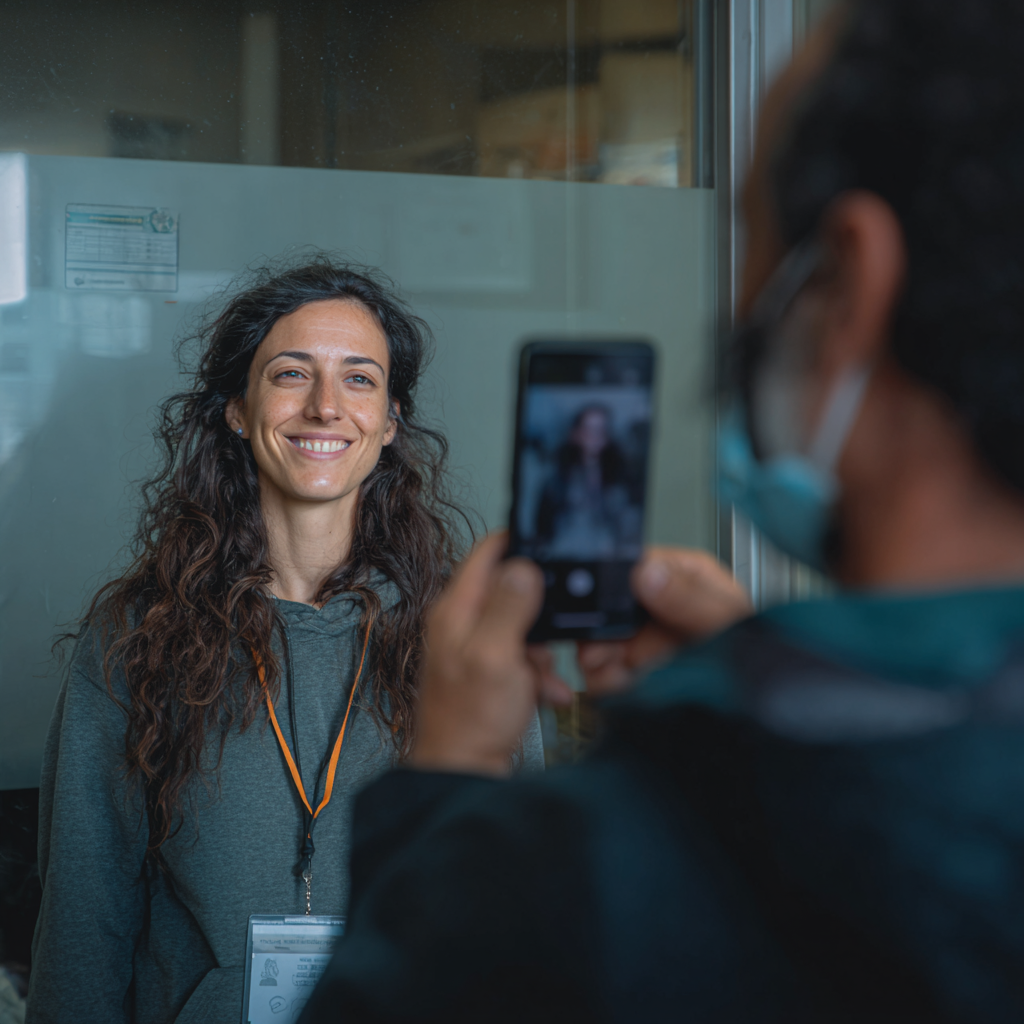Process management
5 reasons for quality control

Experience shows that the quality of the images taken with Photo Collect is generally high and that a large proportion of the images submitted can be used for photo ID. In addition to background removal and automatic positioning of the face in the image, this is due to a sophisticated quality assurance process which, in conjunction with automated quality checks and semi-automated quality control, enables high image quality even with high volumes.
Automatic quality checks
Automatic quality checks recognize the most common errors as soon as the photos are uploaded and make it possible to immediately request a better employee photo . For example, pictures without people, group photos, people with sunglasses, faces taken too close, a sideways head position (looking to the left or right) or an unfavorable camera position (frog or bird's eye view) are automatically detected and rejected. The automatic quality checks are carried out on all photos and lead to the automatic rejection of the first image in approx. 9.5% of cases.
Manual quality control
After the automatic quality checks(e.g. according to ICAO standards), manual quality control is another important component of Photo Collect's quality assurance. Our data shows that the rejection rate here can be reduced by three quarters thanks to the automatic quality checks.
During manual quality control, each uploaded photo is briefly reviewed by a person and either accepted or rejected. If necessary, the image can also be edited directly in the workflow. Typically, this work is performed by the customer themselves, often by the HR department, corporate security, or the ID card office. If a photo does not meet the requirements, it can be rejected with a predefined reason for rejection (e.g., illumination or image quality). The person who uploaded the photo is then automatically informed of the reason for rejection via email or SMS and can submit a better photo.
Quality control is optional and can be skipped if required. However, we strongly recommend that you carry out this step. Here are the five reasons for this:
- Costs: It is much cheaper to reject a photo at this point than to have to re-produce the ID card later because the photo is not satisfactory.
- Time: Rejected photos are usually quickly replaced with a new photo. As the communication is fully automated, this takes practically no time. The quality control itself is very fast; we estimate less than one second per photo. Quality control can also be carried out in parallel by a team - this allows enormous quantities of photos to be checked within a very short time.
- Useful tips: The person uploading the photo receives tips with the rejection notice on how to avoid this rejection in the future. Was the lighting poor? Make sure there is enough light from the front and take the photo during the day. If the image quality is insufficient: Clean the cell phone surface before taking the photo.
- High success rate: In 98% of cases, quality control leads to a usable image. When uploading for the first time, 90% of all photos can usually be used, 80% on the second attempt and 50% on the third and final attempt. After that, the employee is usually captured via the Photo Collect app.
- Increased satisfaction: It is easier to submit the photo digitally on the second try than to deal with Capturing in the card office or an analog submission. And without media discontinuity, it is usually much faster.
- Manual post-processing: Ok, we only wanted to give five reasons, but here's a bonus reason: The images can be post-processed during quality control if required. Rotation, cropping, brightness and contrast can also be adjusted manually - this is only done for 1% of all photos, but our customers appreciate the option of not having to use an external tool for this.
Conclusion
The quality checks and manual quality control are an efficient component in the Photo Collect process. We would be happy to show you how it works in detail and, if the opportunity arises, demonstrate the celebrity check, which makes it easy and reliable to identify and, if necessary, sort out images of celebrities submitted as a joke. Contact us for a demo!










